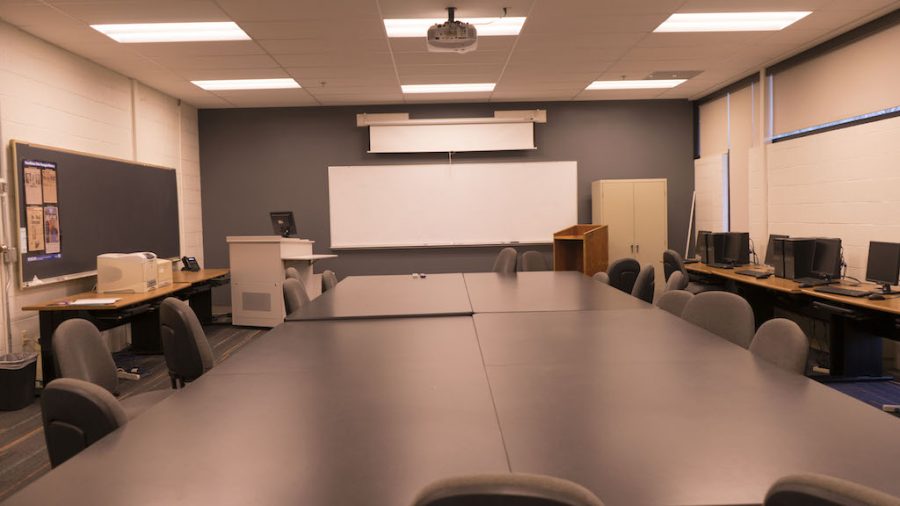Low enrollment affects classes
Low enrollment continues to cause classes to get canceled.
March 31, 2017
Christina Dove completed her Web 1 class for her web design major in Fall 2015. She expected to move on to Web 2 the following semester, but low enrollment caused the class to get canceled.
For more than a year, Dove hoped to get into the Web 2 class, but low enrollment kept canceling the class.
The college “wouldn’t push to get the class through unless there were 10 to 12 people,” Dove said.
By the time she got into the class in Spring 2017, she said, she and some of her classmates had forgotten much of what they learned in the prerequisite, Web 1.
All five academic departments at the school— Health Sciences, Liberal Arts, Business and Law, Science and Technology, and Continuing Education and Workforce Development—have to cancel classes on a regular basis. College officials have acknowledged that class cancelations are a continuing problem.
Dean of Enrollment Services Dr. John Grabowski said low enrollment and late registration are the cause of canceled classes.
The number of AACC students has dropped by more than 5,305 since 2012. Enrollment is 4 percent lower this semester, according to Planning, Research and Institutional Assessment.
Vice President of Learning Dr. Michael Gavin agreed low enrollment is the major cause behind the cancellation of classes.
“I wouldn’t necessarily say [canceled classes are] getting worse or better,” Gavin said. “It’s just how things are. … We really try to make sure … that class cancellations do not create too much of an obstacle for a student.”
Karen Cook, the dean of Business and Law, said her department works with two or three students each semester on alternative arrangements so they can graduate even though a required class won’t be offered in time.
For more specalized, single-section classes, the impact can be greater, said Michael Ryan, chair of architecture and interior design.
If a required class for graduation gets canceled, a student has two choices. Most of the time, the student can request a course substitution, which allows a swap of the canceled class for something similar.
A second option is for the student to take the class as an independent study. In that case, the professor might work with one student or a small group.












